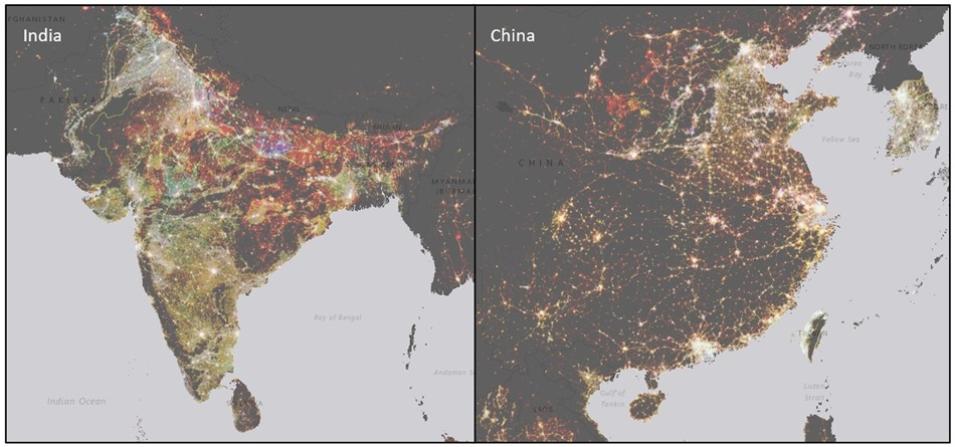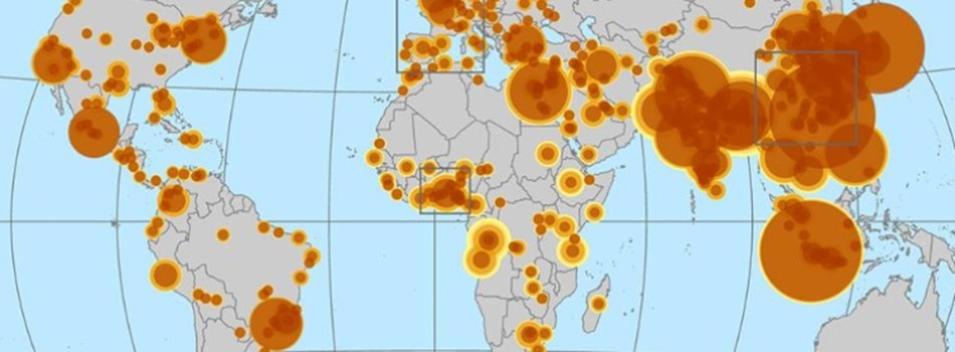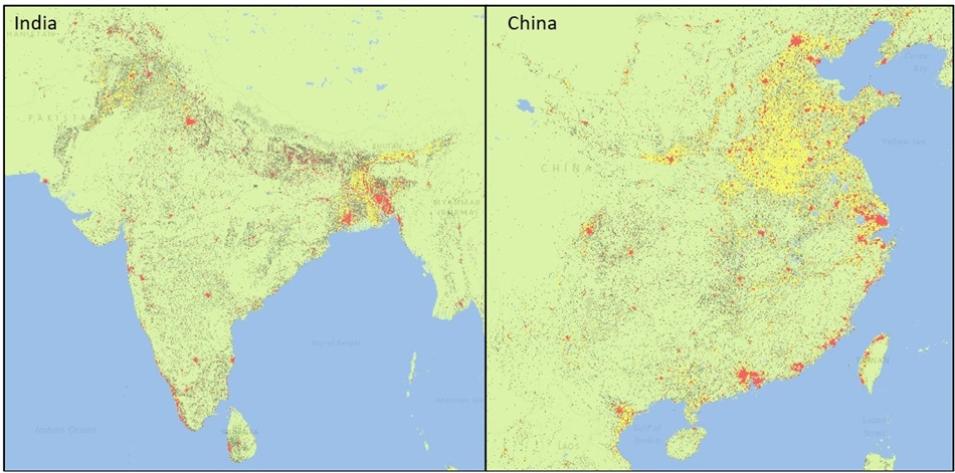Meeting the Demand for Data on Urban Centers
For SEDAC Project Scientist and Columbia University’s Center for Integrated Earth System Information (CIESIN) Research Scientist Susana Adamo, the presentation of these datasets as a collection is significant, as it showcases “The concept of urban and the notion that there are many layers to city life, as the datasets in this collection point to different ways of thinking about urban environments.”
The collection provides a way for SEDAC to meet the needs of users investigating the attributes and impacts of urban centers, and on urban centers, around the globe.
“There is a demand among users for information on urban centers and on how urbanization impacts natural systems, but a lot of existing datasets are region or country specific,” said CIESIN Senior Research Staff Assistant Juan Martinez. “The datasets in this collection provide that information for urban areas and most have global coverage.”
In addition, there are datasets in this collection that provide fine-scale (i.e., 100x100m grid resolution) data that decision-makers can apply at the local level.
“Traditionally we’ve had a lot of 1-kilometer grid cell outputs, which don’t give you a whole lot of variation inside of a settlement. There is a push across all data producers, including in SEDAC, to get at that finer scale to make data a little bit more translatable,” said Dana Thomson, CIESIN’s Associate Director for Science Applications. Forthcoming data products in SEDAC’s urban collection will be presented by “city segments, which is just kind of a step up from city block, something similar to a United States census track, and that supports decision-making at the local level.”
This combination of global coverage and finer scale data allows SEDAC to engage different types of users, including enterprise users who are interested in national or international trends, such as progress on sustainable development goals, and so-called last-mile users, whose focus lies at the city or sub-city level.
“A lot of the enterprise users apply datasets in the urban collection [as] baseline datasets… or as a model input,” Martinez said. “But we also have datasets that are more for the last-mile users, who want data that is ready to use at the local level. The datasets in the urban collection can be used by both these user types because we’re providing these data at a global scale. So, if a user has data specific to their local project, they can pair it with a subset of the data they grab from us and move forward.”
Investigating the Health and Well-Being of Urban Populations
Given the range of topics they cover and their suitability for different types of users, it's clear that the datasets in SEDAC's urban collection have a variety of applications. In a recent NASA Earthdata webinar, “The Many Layers of City Life: Urban Datasets from NASA's SEDAC,” which in addition to introducing the datasets in SEDAC’s urban collection, showed how researchers are using the datasets in this collection. Some publications cited include:
For Martinez and Adamo, these publications are noteworthy because, in addition to using SEDAC data, they provide examples of how the synthesis of Earth science and socioeconomic data can be used to provide actionable information to decision-makers working to address real-world concerns.


